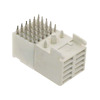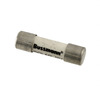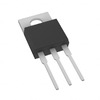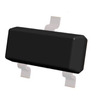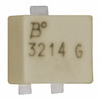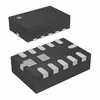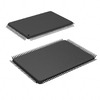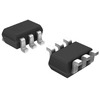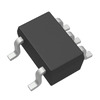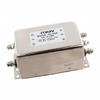27A Battery VS 23A Battery: Different Sizes, Same Energy
Catalog
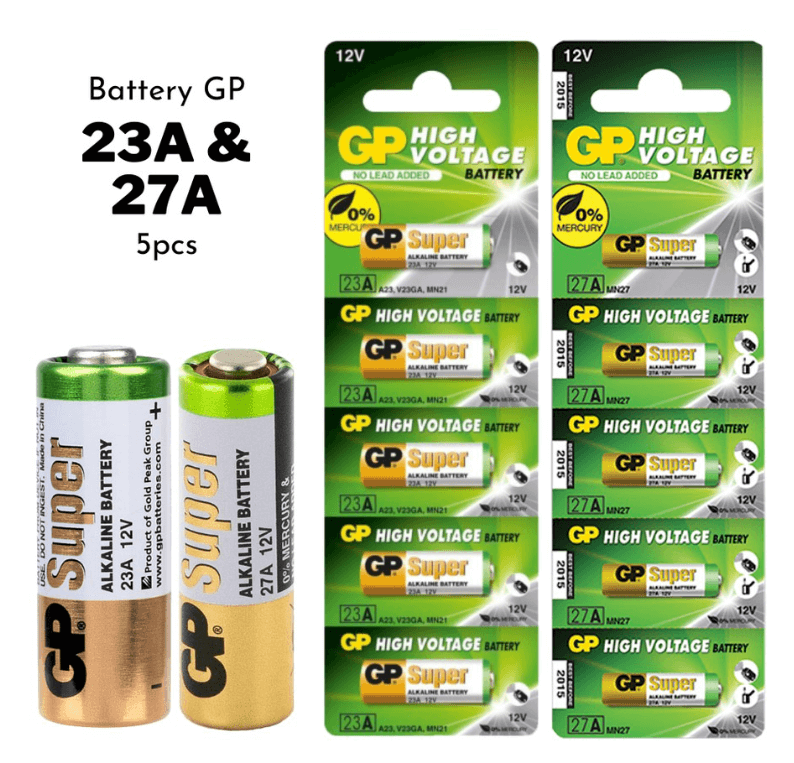
Introduction to 27A battery
Feeling the Power: The 27A Battery in Use
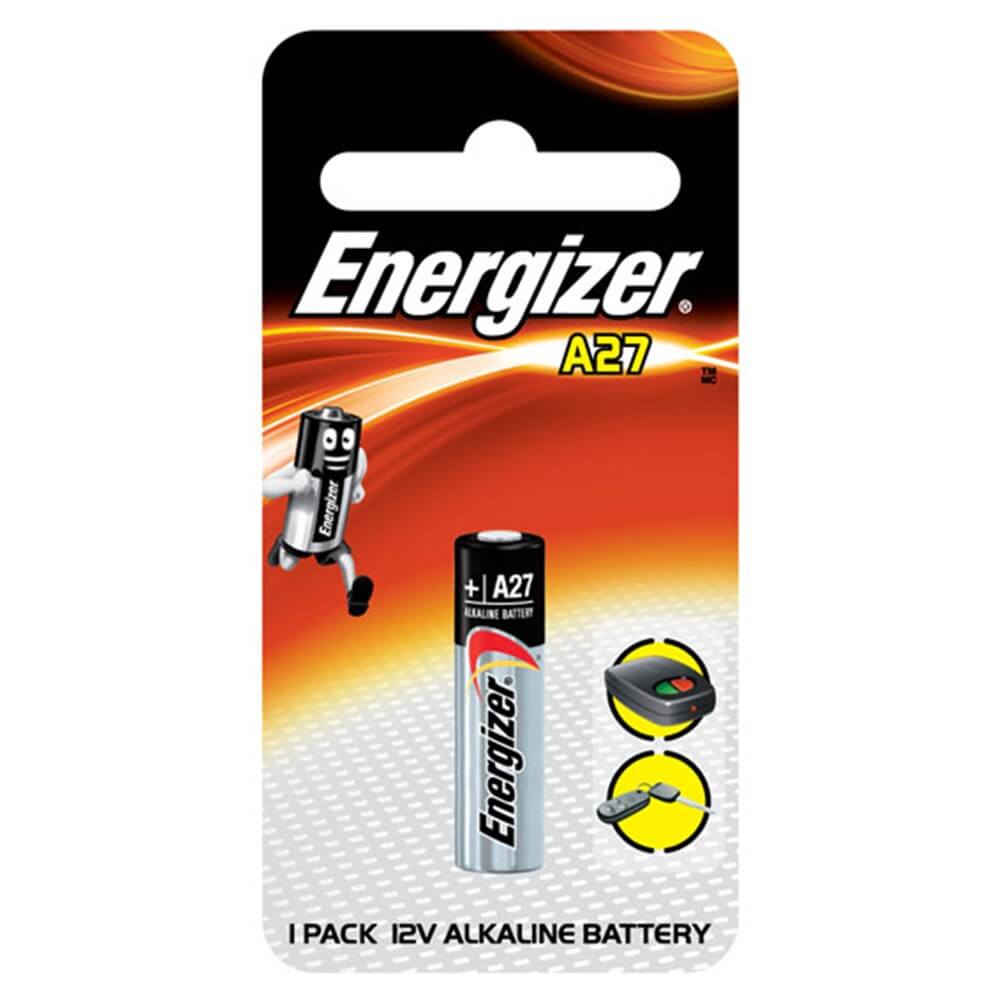
Application Scenarios of 27A Battery
27A Battery Equivalent
|
Brand |
Voltage |
Suffix |
Weight |
Use with |
|
Exell EB-23A Alkaline L828 battery |
12V |
L828 |
0.03 lbs |
Burglar Alarm Remote Controls, Cigarette Lighters, Electronic Door Locks, and Garage Door |
|
Duracell A27 Battery |
12V |
A27 |
0.2 lbs |
Garage door opener, keyless remote, or car alarm remote |
|
LiCB Alkaline Battery |
12V |
A27 |
0.09 lbs |
Garage Door Openers, Headsets, Glucose and Blood Pressure Monitors, Transmitters, Access Control Devices, Toys, and Electronics |
|
Powertron GP27A Battery |
12V |
G27A |
0.35 lbs |
Burglar Alarms, Cigarette Lighters, Electronic Dog Collars |
|
Duracell MN27BPK |
12V |
MN27 |
0.02 lbs |
Laser Pointer Insulin Pumps, Heart Rate Monitor, toys, Watches, Cameras, Calculators |
Introduction to 23A battery
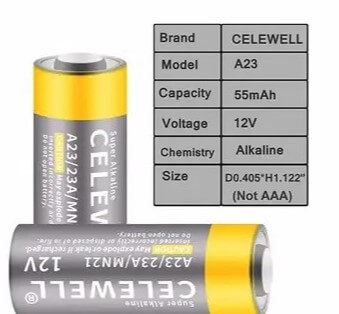
Application Scenarios of 23A Battery
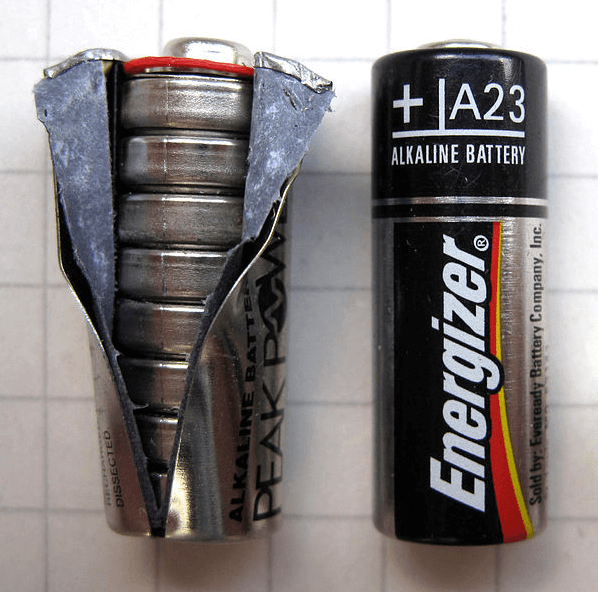
23A Battery Battery Equivalent
The Difference Between 27A and 23A Batteries
27A Battery Vs. 23A Battery: Comparison of Basic Specifications
|
Load |
Initial current |
Total working hours |
|
46kΩ |
0.22 mA, down to 6 volts |
315 – 320 hours |
|
20kΩ |
0.52 mA, down to 6 volts |
~ 130 hours |
|
10kΩ |
0.96 mA, down to 6 volts |
60 – 62 hours |
|
470Ω |
down to 8.25 volts |
40-42 minutes |
|
15mA |
down to 6.0 volts |
5s/55s On/Off |
27A Battery Vs. 23A Battery: Size Comparisons and Their Specific Effects

27A Battery Vs. 23A Battery: Substitution Skills in Actual Operation
27A Battery Vs. 23A Battery: Application Scope and Performance Optimization
Safety Issues of 27A and 23A Batteries
Safe Storage and Use
Environmental Treatment and Recycling
Conclusion
Frequently Asked Questions [FAQ]
1. How long can a 27A battery be used?
2. How to test the 27A 12V battery?
3. Are 27A and A23 batteries the same? Can I use A23 batteries instead of A27 batteries?
4. How long does a 23A 12V battery last?
5. How many volts does the A23 battery have?
6. What is the size of a 23A 12V battery?
About us
ALLELCO LIMITED
Read more
Quick inquiry
Please send an inquiry, we will respond immediately.

Comprehensive guide to hFE in transistors
on April 8th
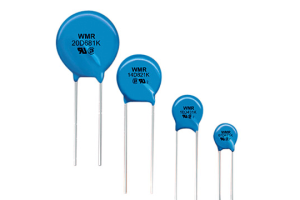
What Is a Varistor
on April 7th
Popular Posts
-

What is GND in the circuit?
on January 1th 3170
-

RJ-45 Connector Guide: RJ-45 Connector Color Codes, Wiring Schemes, R-J45 Applications, RJ-45 Datasheets
on January 1th 2747
-

Understanding Power Supply Voltages in Electronics VCC, VDD, VEE, VSS, and GND
on November 17th 2410
-

Fiber Connector Types: SC Vs LC And LC Vs MTP
on January 1th 2216
-

Comparison Between DB9 and RS232
on January 1th 1835
-

What Is An LR44 Battery?
Electricity, that ubiquitous force, quietly permeates every aspect of our daily lives, from trivial gadgets to life-threatening medical equipment, it plays a silent role. However, truly grasping this energy, especially how to store and efficiently output it, is no easy task. It is against this background that this article will focus on a type of coin cell battery that may seem insignificant on the...on January 1th 1808
-

Understanding the Fundamentals:Inductance Resistance, andCapacitance
In the intricate dance of electrical engineering, a trio of fundamental elements takes center stage: inductance, resistance, and capacitance. Each bears unique traits that dictate the dynamic rhythms of electronic circuits. Here, we embark on a journey to decipher the complexities of these components, to uncover their distinct roles and practical uses within the vast electrical orchestra. Inductan...on January 1th 1763
-

CR2430 Battery Comprehensive Guide: Specifications, Applications and Comparison to CR2032 Batteries
What is CR2430 battery ?Benefits of CR2430 BatteriesNormCR2430 Battery ApplicationsCR2430 EquivalentCR2430 VS CR2032Battery CR2430 SizeWhat to look for when buying the CR2430 and equivalentsData Sheet PDFFrequently Asked Questions Batteries are the heart of small electronic devices. Among the many types available, coin cells play a crucial role, commonly found in calculators, remote controls, and ...on January 1th 1731
-

What Is RF and Why Do We Use It?
Radio Frequency (RF) technology is a key part of modern wireless communication, enabling data transmission over long distances without physical connections. This article delves into the basics of RF, explaining how electromagnetic radiation (EMR) makes RF communication possible. We will explore the principles of EMR, the creation and control of RF signals, and their wide-ranging uses. The article ...on January 1th 1722
-

Comprehensive guide to hFE in transistors
Transistors are crucial components in modern electronic devices, enabling signal amplification and control. This article delves into the knowledge surrounding hFE, including how to select a transistor's hFE value, how to find hFE, and the gain of different types of transistors. Through our exploration of hFE, we gain a deeper understanding of how transistors work and their role in electronic circu...on November 17th 1704

